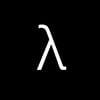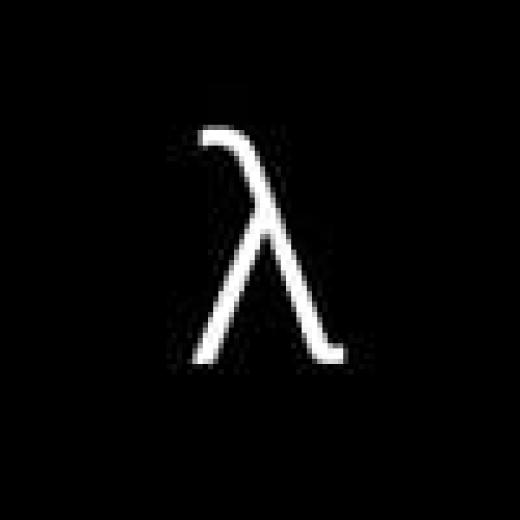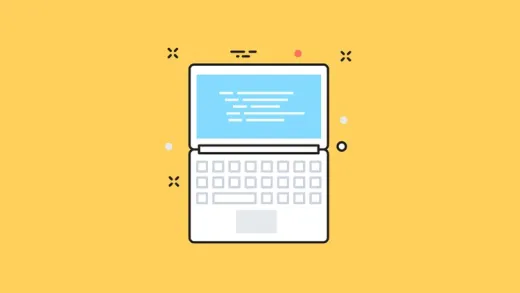Brief Summary
This course takes you on a friendly journey through the world of Racket and Elm, focusing on functional programming, practical application development, and understanding programming concepts with ease.
Key Points
-
Learn Racket step by step from scratch.
-
Understand functional programming through Elm.
-
Develop practical applications without runtime exceptions.
Learning Outcomes
-
Basic understanding of the Racket language.
-
Knowledge and skills in Functional Programming.
-
Ability to start developing applications in Elm.
About This Course
Learn Step by Step from Scratch
Racket is a programming language that started life as a Scheme implementation, but then grew into new areas. Racket is a mature LGPL project that’s actively developed and maintained. Racket’s crown jewel is its macro system, which lets you freely extend the language. Racket consists of extensive standard library that gets your projects off the ground quickly. Racket runs on Linux, macOS, and Windows. Develop on one; deploy to all three.
Racket (formerly PLT Scheme) is a general purpose, multi-paradigm programming language in the Lisp-Scheme family. One of its design goals is to serve as a platform for language creation, design, and implementation.The language is used in a variety of contexts such as scripting, general-purpose programming, computer science education, and research.
Racket's core language includes macros, modules, lexical closures, tail calls, delimited continuations, parameters (fluid variables), software contracts, green and OS threads, and more. The language also comes with primitives, such as eventspaces and custodians, which control resource management and enables the language to act like an operating system for loading and managing other programs. Further extensions to the language are created with the powerful macro system, which together with the module system and custom parsers can control all aspects of a language. Unlike programming languages that lack macro systems, most language constructs in Racket are written on top of the base language using macros. These include a mixin class system, a component (or module) system as expressive as ML's, and pattern matching.
The feature that distinguishes Racket from other languages in the Lisp family is its integrated language extensibility. Racket's extensibility features are built into the module system to allow context-sensitive and module-level control over syntax
In this course we use DrRacket IDE , which is a graphical environment for developing programs using the Racket programming languages. DrRacket (formerly DrScheme) is widely used among introductory Computer Science courses that teach Scheme or Racket and is lauded for its simplicity and appeal to beginner programmers. The IDE was originally built for use with the TeachScheme! project (now ProgramByDesign), an outreach effort by Northeastern University and a number of affiliated universities for attracting high school students to computer science courses at the college level. It is the fastest way to get a sense of what the language and system feels like, even if you eventually use Racket with Emacs, vi, or some other editor.
Curious why Functional Programming is on the Rise?
Do you wish there was a better option than JavaScript?
Would you like to learn Elm or Functional Programming in general, but short on time?
If you answered yes, then this course is for you.
Elm is very approachable, and is the best language to learn functional programming.
Elm is a functional programming language that
compiles to JavaScript and runs in the browser. It is designed to be fun
and friendly to use. Indeed, Elm upends the notion that functional
programming is only accessible to mad scientists and academics. With its
clean and readable syntax, world-class tooling, and friendly compiler,
Elm is truly a delightful language.
The Elm Architecture helps you create complex, modular web apps with
code that stays easy to maintain as you add features. Toss in great
performance, no runtime exceptions, and JavaScript interop, and you've
got a super-charged way to produce reliable, scalable, and maintainable
web apps!
But what we love most about Elm is that you can actually build
practical stuff with it quickly, which is exactly what we do in this
course.
Elm compiles to JavaScript, so trying out Elm is easy. Convert a
small part of your app to Elm and embed it in JS. No full rewrites, no
huge time investment.
Unlike hand-written JavaScript, Elm code does not produce runtime
exceptions in practice. Instead, Elm uses type inference to detect
problems during compilation and give friendly hints. This way problems
never make it to your users. There are several examples where companies
are running applications on thousands of lines of Elm, and even after
more than a year in production, it still has not produced a single
runtime exception anywhere.
Elm has its own virtual DOM implementation, designed for simplicity
and speed. All values are immutable in Elm, and the benchmarks show that
this helps us generate particularly fast JavaScript code.
As Elm compiles to JavaScript, you can really use it to build very
complicated single page applications. Eventually it’s possible to
interface with other JavaScript code when necessary. With Elm, cost
savings are enormous. Elm component architecture allows problems to be
solved encapsulated. No more side-effects. No more pages and page
scripts. No more untraceable bugs because of changing pages.
Why should you consider using Elm?
Elm offers many benefits over JavaScript, which you’ll see in this course.
Benefits such as:
- Zero Runtime Exceptions
- Simplified Debugging
- Easy Refactoring
- Helpful Type System & Compiler
- Improved Productivity
- Inherently testable code
- Enforced Semantic Versioning
- and many more...
Can we ask a favor? Lot of efforts have gone into creating this
course, and new videos would be continuously added. We would be very
grateful if you would help spread the word about this course. Thanks!
You will have basic understanding of the Racket language.
Gain Functional Programming knowledge and skills
Would be able to start developing their own application in Elm.








Donna K.
Yes.